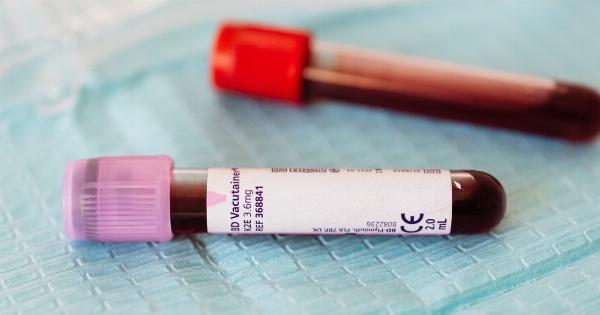Thrombosis is a condition that occurs when blood clots form within blood vessels and obstruct normal blood flow. It can be a serious and sometimes life-threatening condition, so it is important to understand the potential causes and risk factors.
Here are the five most common causes of thrombosis:.
1. Immobility
When the body is immobile for extended periods of time, it can prevent normal blood flow and increase the risk of blood clots.
This is especially true for those who are bedridden, wheelchair-bound, or frequently travel long distances without moving around. The risk of thrombosis can be reduced by taking regular breaks to move around, stretching, and regular exercise.
2. Surgery
Surgeries, especially those that require extended recovery times, can also increase the risk of thrombosis. This is due to temporary immobility during recovery, as well as the body’s natural response to injury.
The use of compression stockings or medication to prevent clotting may be prescribed as a preventative measure for those at high risk of thrombosis following surgery.
3. Cancer
Cancer and the treatments for it can increase the risk of thrombosis. Tumors can release chemicals that activate the clotting process, while chemotherapy and radiation therapy can damage blood vessels and increase the risk of clotting.
Doctors may prescribe blood-thinning medication, such as aspirin, to prevent thrombosis in those with cancer.
4. Obesity
Obesity is a major risk factor for thrombosis, as excess body weight can make it more difficult for blood to flow normally. It can also increase inflammation throughout the body, which can contribute to clotting.
Achieving and maintaining a healthy weight through a balanced diet and regular exercise can help reduce the risk of thrombosis.
5. Genetics
Some people are simply more prone to thrombosis due to genetic factors. Inherited conditions that increase clotting, such as Factor V Leiden or prothrombin gene mutations, can significantly increase the risk of thrombosis.
Those with a family history of thrombosis should discuss their risk with a doctor, who may recommend regular monitoring or preventative measures.
Conclusion
Thrombosis can be a serious condition that requires medical attention. Understanding the potential causes and risk factors can help individuals take preventative measures to reduce their risk.
Maintaining a healthy lifestyle, discussing risk factors with a doctor, and following appropriate preventative measures can help reduce the risk of thrombosis.



























